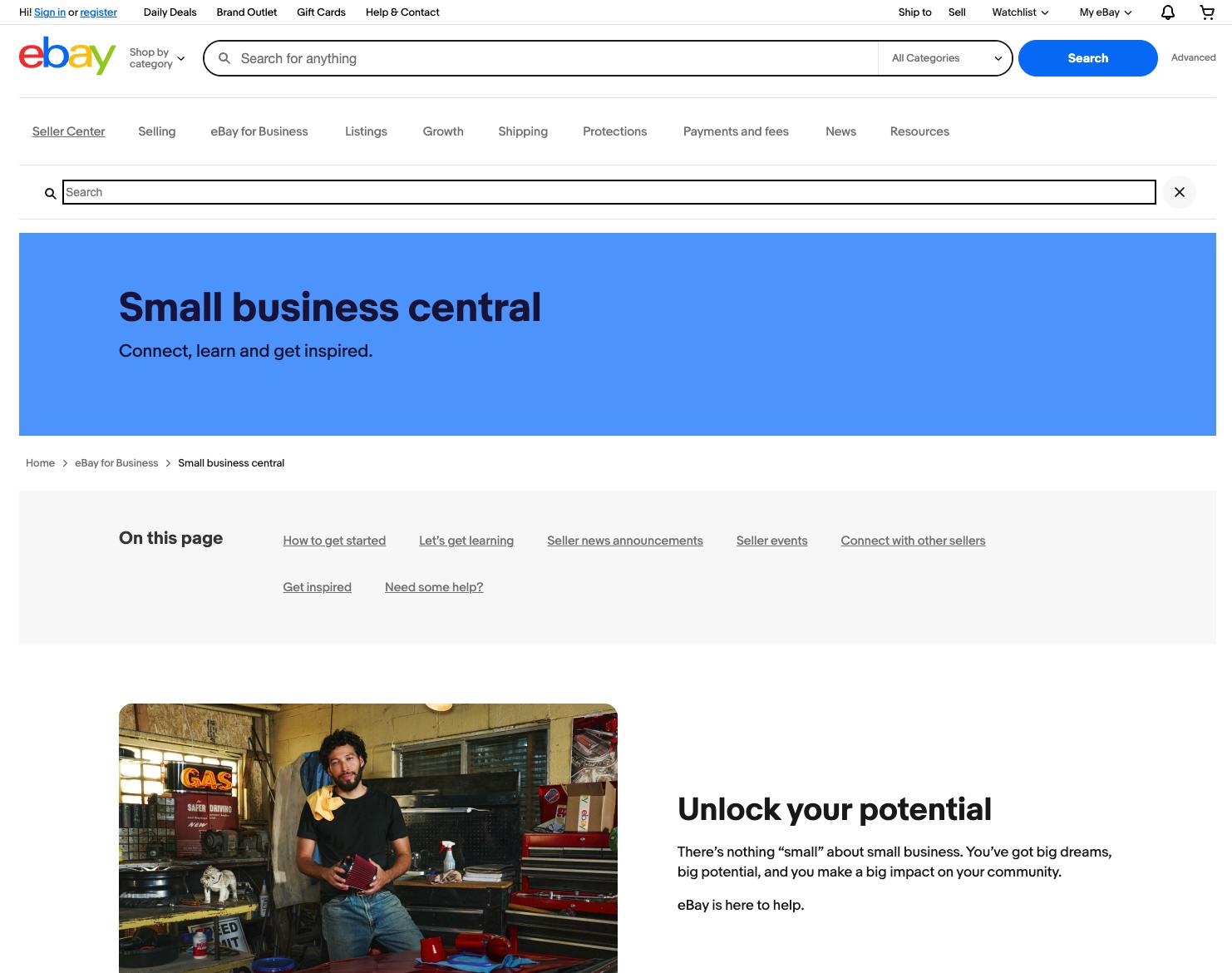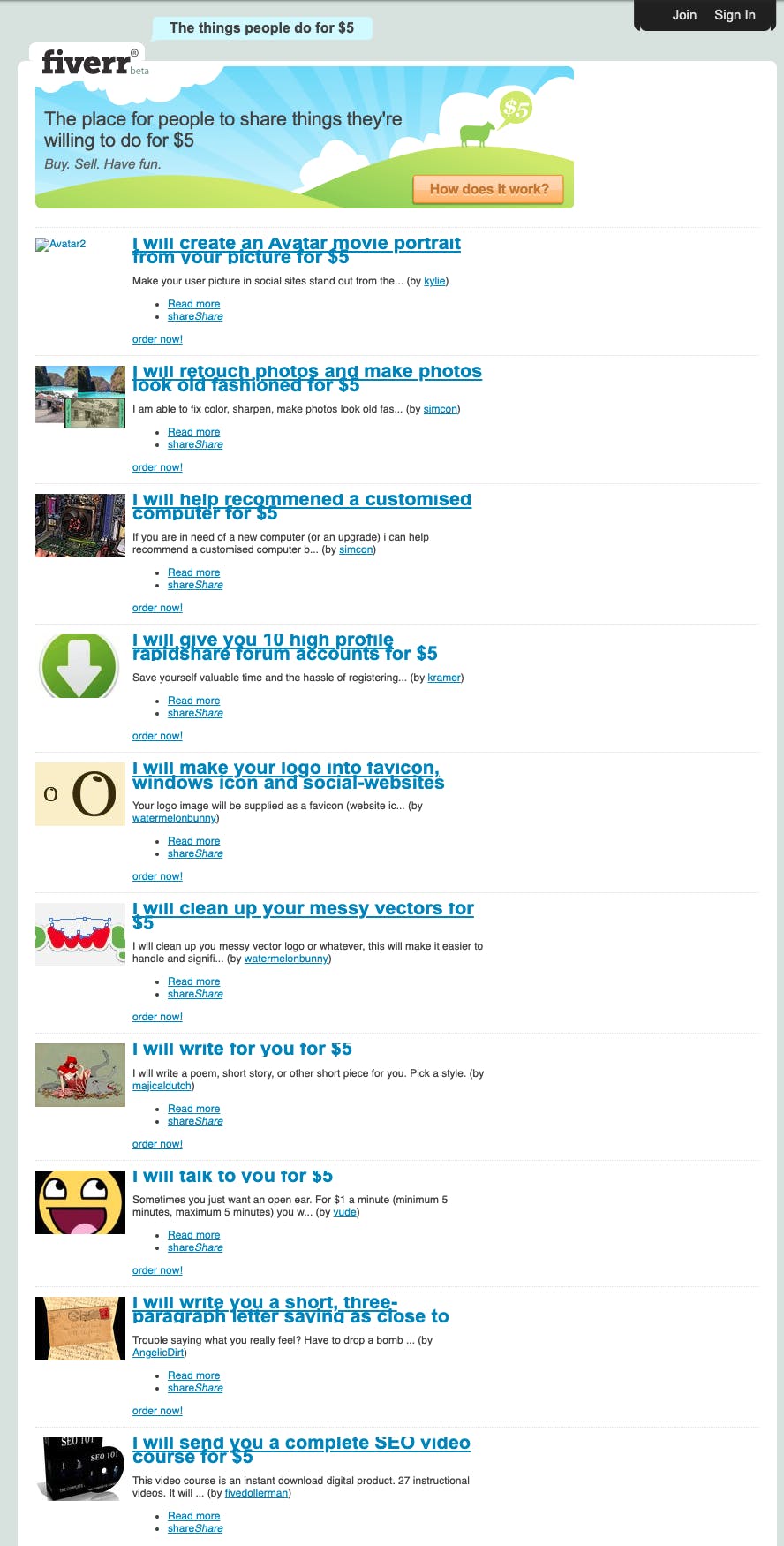10 principles for a strong marketplace strategy
Learn the principles behind a strong marketplace strategy from reaching liquidity to scaling deliberately… and the pitfalls the principles will help you avoid.
Published on
Last updated on

Many marketplaces fail before they even get started. Whenever that happens, it’s usually because the founders focused too much on the building blocks—building their marketplace technology, growing their user base, adding new categories or locations, raising funding—at the expense of what matters most: reaching liquidity.
In our 10+ years working with online marketplaces, we've seen founders waste months perfecting features no one uses, chasing buyers without enough sellers, or burning cash on ads that don’t convert. Instead, they should have been testing their idea with real users and learning from transactions to achieve liquidity as early as possible.
This article outlines ten key principles for developing a strong marketplace strategy that centers on building and strengthening marketplace liquidity. You’ll learn how to narrow your focus, launch fast, build a strong user base, and time your technology and growth investments in a way that maximizes their value.
Liquidity is the single-most important concept for marketplace founders to understand. In the context of marketplaces, liquidity means buyers can find what they want, and sellers can reliably make sales.
Without liquidity, your marketplace doesn’t function, no matter how many features you’ve built or users you’ve signed up.
For example, Airbnb’s breakthrough came when it reached marketplace liquidity in early cities like New York and San Francisco — the point where travelers could reliably find a place to stay and hosts could count on bookings. Only after achieving this consistency did the company expand more broadly.
It didn’t matter how attractive the interface was—what mattered was that demand met supply. Marketplace founders often mistake the marketplace application for the product, and spend months fine-tuning their technology before they start focusing on building their user base.
However, the real product of a marketplace is the liquidity that makes transactions between supply and demand possible. In the early days, therefore, the founder’s time is best spent on setting the foundation for strong liquidity.
Most failed marketplaces tried to start too broadly. When you serve everyone at once, you multiply the difficulty of balancing supply and demand.
Focusing on a niche makes this challenge manageable. If liquidity is the real product of your marketplace, starting small lets you reach that product faster.
Paul Graham, co-founder of Y Combinator, famously told Airbnb founder Brian Chesky that “it’s better to have 100 people who love you than a million who only kind of like you.” Starting small is also the most common piece of advice we hear time and time again when we talk to successful marketplace founders and experts.
To find illustrative examples, look no further than the first wave of marketplace giants: Amazon initially only sold books, eBay started with a focus on Beanie Babies, Etsy first focused exclusively on handmade items. Airbnb focused locally at first, as did Uber and GrubHub.
In fact, according to research by Lenny Rachitsky, almost every single one of today's most successful marketplaces initially constrained their offering by focusing either on a small geographic location (city or neighborhood) or a single category.
Starting with a narrow focus allows a marketplace to connect deeply with a small group of users, generate its first transactions and repeat activity more quickly, and adjust direction quickly when necessary. It also reduces early burn rates and keeps the cost of learning from mistakes relatively low, making experimentation more sustainable in the initial stages.
The sooner you put your marketplace in front of real users, the faster you’ll learn whether it solves a real problem.
You can’t know which features matter until you test them in real transactions. Founders who spend months building advanced features risk producing impressive technology that doesn’t actually remove bottlenecks.
More importantly, delaying launching also has a significant opportunity cost: you miss the chance to see how people actually use the product, discover real friction points, and to adapt before resources run out.
If you’re not convinced, try a quick search on Wayback Machine for early versions of your favorite platforms. From Amazon to Airbnb to BlaBlaCar, most of today’s technically impressive, feature-rich platforms come from humble beginnings.
The analogy doesn’t entirely hold, however: today’s users do expect more from the apps they interact with than the early users of Airbnb. Luckily, today’s founders also have much more tools to choose from than the marketplace pioneers.
Marketplace builders, like ours at Sharetribe, let you launch modern, feature-rich marketplace platforms in a matter of days entirely without coding. This is an important benefit even if you have the skills to code: instead of spending your time building the essentials, you get your idea out into the world month before the competition. The time you save, you can spend on building early liquidity.
If the central challenge for any marketplace is achieving liquidity, that means every stage in your founder’s journey requires managing the balance between supply and demand carefully.
Every marketplace has its own, optimal seller-to-buyer ratio: how many buyers one active seller can serve.
There’s no single number for buyer-to-seller ratio that every marketplace should strive for. Instead, you should aim at identifying the right ratio in your specific market.
For example, on a typical real estate marketplace, the ratio is 1. A single house can typically be sold to a single buyer, and then it’s off the market. On a marketplace for stock photography, the ratio could be in the ballpark of 10,000:1.
In the beginning, every marketplace faces the chicken-and-egg problem: you need both supply and demand, but one won’t come without the other. In practice, most marketplaces begin by focusing on building supply because suppliers tend to have some ability to wait for demand to arrive. Buyers, on the other hand, leave immediately if they don’t find what they’re looking for.
Knowing your optimal seller-to-buyer ratio helps you plan your strategy for building early supply and launching your marketplace to the demand.
However, balancing supply and demand is a continuous effort that is present at every stage of your marketplace journey. Everything from planning your marketplace marketing mix to reaching product-market fit and scaling your marketplace requires understanding of how you keep your marketplace balanced so that any average seller or buyer will be likely to reach their goals on your platform.
The first experience on your platform sets the tone for whether users will return. In a marketplace context, this means both buyers and sellers should reach their first successful transaction as quickly as possible.
This is why many marketplace founders, in the early days, spend a lot of time and effort doing everything they possibly can to ensure users have a successful first transaction. If your initial focus is narrow and your goal is to get 100 people to love you to reach liquidity, manual work isn’t a problem. Rather, it can give you additional advantage as you interact with your users and help them through friction points.
However, as your marketplace grows and you’re making your way towards product-market fit, you’ll need to prove that your marketplace can become profitable. Often, that means stepping out of a manual role to more automated transactions that increase your profit margins.
At this point, you’ll be making important UX decisions that have a big impact on how users experience your marketplace. You’ll want to offer them a frictionless experience that brings them smoothly from first contact with your marketplace to completing a successful transaction.
But an important caveat: what counts as friction depends heavily on your niche and the expectations of your users.
Some friction is harmful. For instance, most marketplaces want their seller and buyer onboarding to have only the minimum required steps so that users can quickly sign up and start posting their first listing or browsing the offering.
Some friction, however, can be beneficial. For example, some Sharetribe-powered marketplaces have decided that no listing gets published before the marketplace admin approves it. This creates friction, but also shows a dedication to safety and quality and helps create a very high-quality supply.
The best way to know which steps are helpful and which are harmful is to launch fast, observe where people drop off, and adjust accordingly. Iteration is what helps you identify which frictions matter in your specific niche. Over time, experimenting and adjusting will let you design the best possible onboarding flow for your marketplace rather than relying solely on generic best practices.
A marketplace asks strangers to transact, and unless they trust each other and the platform, they won’t. This is why building trust on your marketplace has an elemental role in your marketplace strategy.
Airbnb’s review system changed how people thought about staying in strangers’ homes. Reviews reassured guests, created accountability for hosts, improved listing quality, and allowed good providers to stand out. Without this system, trust would have relied only on Airbnb’s brand, which wasn’t enough at the start.
Nowadays, marketplace users tend to expect a high level of trust-increasing technological solutions. From the start, you need systems that make people feel safe: secure payments, transparent reviews, and reliable communication. That’s why these features also come included in Sharetribe without coding.
However, not all trust-building hinges on your technology. Early trust can also come from personal curation and high-quality supply, guarantees offered by the founder, and early reviews from users you've helped transact successfully.
Sellers play a central role in your marketplace because ultimately, their success drives the success of the marketplace. Helping sellers succeed should, therefore, be a core concern in your strategy.
There are many examples of how successful marketplaces support their sellers.
Airbnb has many different resources to help hosts both with setting up their business on the platform and getting practical tips and guidance from Airbnb and from the host community. For example, it gives hosts access to a Host Recommendations Directory for local support services (cleaning, maintenance, etc.).
Similarly, Upwork has a vast resource center that helps freelancers with every aspect of running their business, from accounting to marketing to health and disability. Etsy offers a “Seller Handbook” with educational content on how to start and run a shop, manage listings, photography tips, SEO/trends, feature tools, and more. It has also started the Etsy Uplift Fund to help nonprofits that work on fostering equal opportunities to creative entrepreneurship. Upwork has created resources both for beginner freelancers.

For early-stage founders who can’t yet invest in such an advanced seller success operation, helping sellers may mean providing pricing guidance, coaching them on creating strong listings, or even creating the listings on their behalf. Airbnb, for example, sent professional photographers to early hosts’ homes to take high-quality photos of their spaces.
Before your marketplace can grow, you must prove two things. Problem–solution fit means you’ve validated that a significant problem exists and that your marketplace meaningfully solves it. Product–market fit comes later: it means you’ve proven that your business can become profitable.
Many marketplaces fail because they skip these steps. They assume a problem exists and rush to scale, only to find that people don’t actually want what they’re offering. Or notice that there are major flaws in their concept that scaling only amplified and made harder to solve.
At problem–solution fit, your goal is to prove that a real problem exists and that your marketplace is the right way to solve it. You may still be running a manual or concierge-style MVP, and profitability might be far off, but the signs are clear: transactions are happening, some users are returning, your user base is growing steadily, and liquidity is improving.
Even a small but consistent stream of activity shows that your concept works and that you’re providing enough value for early adopters to come back. This milestone validates your idea, builds confidence, and gives you the foundation to start working toward product–market fit.
At product–market fit, the challenge is no longer proving that transactions can happen, but that they can happen consistently and sustainably.
Instead of chasing headline growth in sign-ups, focus on reaching a high liquidity, repeat purchase rate and GMV retention and making sure your unit economics (eg. the ratio of your Customer Acquisition Cost, CAC and Customer Lifetime Value, CLV) work. These indicators demonstrate that your marketplace consistently delivers lasting value and is on track to achieve profitability.
In both stages, you need room to iterate on your product.
At problem–solution fit, you might notice buyers searching listings but not completing transactions. That could signal either a lack of supply or weak search and matching. At product–market fit, you’ll focus on scaling your user base and automating manual processes to improve margins.
A marketplace solution like Sharetribe is especially valuable here, as it lets you launch quickly, iterate with real feedback, and scale with tailored functionality. If you don't have developers on your team, Sharetribe’s network of verified Experts can help.
Network effects make marketplaces harder to disrupt. They occur when every new participant increases the value for others.
In a marketplace, this dynamic is (very often, at least) two-sided: more sellers attract more buyers, and more buyers create more opportunities for sellers. This cross-side interaction is what makes marketplaces so powerful once they reach a certain level of traction.
The general wisdom of network effects is that the biggest player wins. If every user increases the value of a platform, the logical conclusion is that the platform with the most users creates the most value.
This, however, isn’t the whole truth of marketplace network effects.
In fact, or most marketplaces, local or niche density matters far more than global size. For example, food delivery only works if restaurants and customers are active within a few blocks. Ride-sharing is only valuable if drivers are nearby. That’s why even global platforms like Foodora or Uber grew market by market, building strong local networks before expanding further.
In a way, network effects are the payoff for the groundwork you’ve already done if you’ve followed the strategy principles outlined in this article. Network effects unfold if you build them patiently: start small, bring in supply, add just enough demand, and make sure early users transact.
By focusing on local density and quality interactions, you create the conditions where every new participant increases value for the others. Once liquidity is in place and both sides of your marketplace are actively transacting, every new participant begins to compound the value for the others.
Scaling too fast is a common mistake marketplace founders make (sometimes, with the encouragement of their investors). Marketplaces don’t need to own their inventory, so in theory, adding new markets or categories is as easy as a few UX updates. It’s tempting to push quickly towards realizing the full potential of your marketplace idea on a global scale.
But for a marketplace, each market is its own liquidity puzzle, with unique supply dynamics, buyer expectations, and local conditions. Trying to solve many at once usually means solving none, because your team’s focus gets spread too thin to unlock liquidity anywhere. You’ll end up doing the opposite of what Paul Graham told Brian Chesky: having a million people who kind of like you and none that love you.
A better strategy for growth is to scale your marketplace deliberately, one market at a time.
Instead of chasing rapid global expansion, successful marketplaces concentrate on reaching product-market fit in a single market first. Once they’ve proven they’re on track to reach profitability locally, they can create a repeatable playbook for all the steps they took, from acquiring users to establishing trust, facilitating transactions, and reaching liquidity.
How you choose to scale also matters: you might expand by geography (city by city), by vertical (adding new product categories), or by customer segment. The right choice depends on your niche, your resources, and where you see the strongest repeatable traction.
This focus saves money and increases your chance of success. If your growth requires raising funding for your marketplace, a market-by-market approach and a solid playbook of proven strategies also strengthen your funding story.
If a topic as broad as marketplace strategy can be summarized into a single sentence, it would be this: As a marketplace founder, your product is not your platform; it’s liquidity.
The foundation for marketplace success is to build a strategy that takes liquidity as its core principle. In fact, all the other principles we've discussed here are important exactly because they serve your efforts to build liquidity.
Narrowing your niche and balancing supply and demand make reaching liquidity achievable, launching fast gives you real feedback to unlock it. Onboarding, trust systems, and seller success remove friction and increase the likelihood of transactions happening again and again. Moving from problem–solution fit to product–market fit proves the model is sustainable, and network effects reward you for your efforts by making your marketplace defensible. Finally, expanding market by market gives you the discipline to apply these lessons with precision in each new market.
Seen together, these steps are all different ways of attacking the single goal that defines marketplace success: liquidity.
If you’re interested in reading more about the practical steps, check out our complete guide to building a marketplace. You’ll also find links to lots of further reading under each step. For inspiring examples of strategy put to practice, follow Two-sided – The marketplace podcast, where our CMO Sjoerd interviews brilliant marketplace minds and successful founders.
What is the most common mistake founders make in marketplace strategy?
Expanding too broadly before achieving liquidity in one niche or market. Founders often get tempted by the idea of scaling fast and chasing growth before their foundation is solid. Instead, prove your model and reach liquidity in one controlled environment before adding complexity. This approach saves resources and gives you a repeatable playbook for the future.
How do I decide which side of my marketplace to seed first?
Choose based on which side is cheaper to acquire and more patient to wait. Most often, supply is the right place to start. Sellers with inventory may be willing to list before buyers arrive, while buyers will abandon a platform if they don’t find value immediately.
When should I expand beyond my initial niche?
Only after achieving product-market fit in the first. Expansion should come once you’ve reached a point where you've proven your marketplace can become profitable in its original niche. Track liquidity, repeat purchases, and GMV retention, and keep your unit economics in check. If these signals are strong in your first niche, it’s a sign you can replicate success elsewhere.
Do I need custom features before launching my marketplace?
Some marketplaces do, but many don't. Launch with essentials, test, and build custom features later if your strategy requires them. Many founders waste time building advanced tools that early users don’t actually need. Instead, start with a no-code or low-code solution, gather feedback, and only invest in custom development once you’ve validated the business case for those features.
More articles for you...

“Make your marketplace unit economics work,” says Fabrice Grinda
When one of the world’s most successful angel investors talks marketplaces, we listen.

Marketplace metrics: 26 key metrics and how to use them
What metrics should a marketplace founder track? And how to translate what you track into action? Here’s how to identify and track the key metrics, how to separate them from vanity metrics, and how to make concrete decisions based on reliable data.

Why you should launch your marketplace early
‘Time is money’, and other teachings to inspire you to take the plunge and launch your marketplace as soon as you can.

